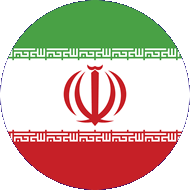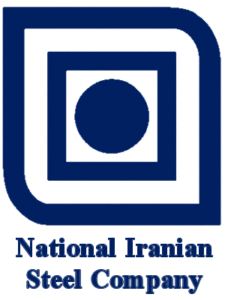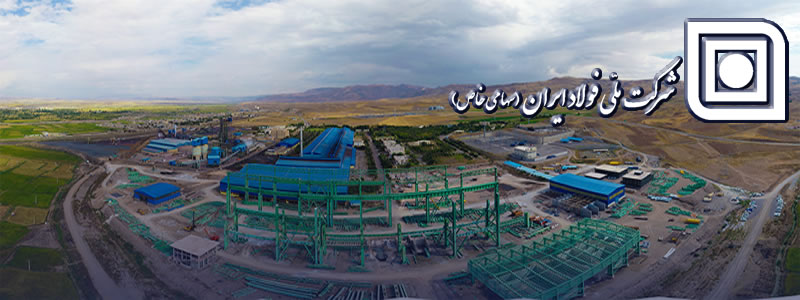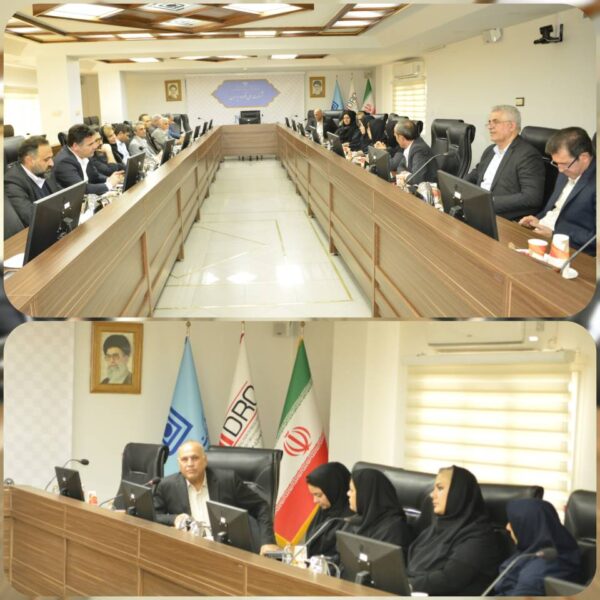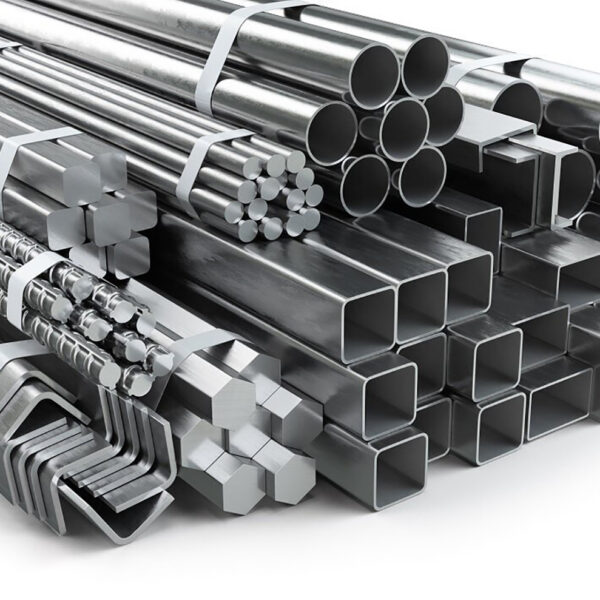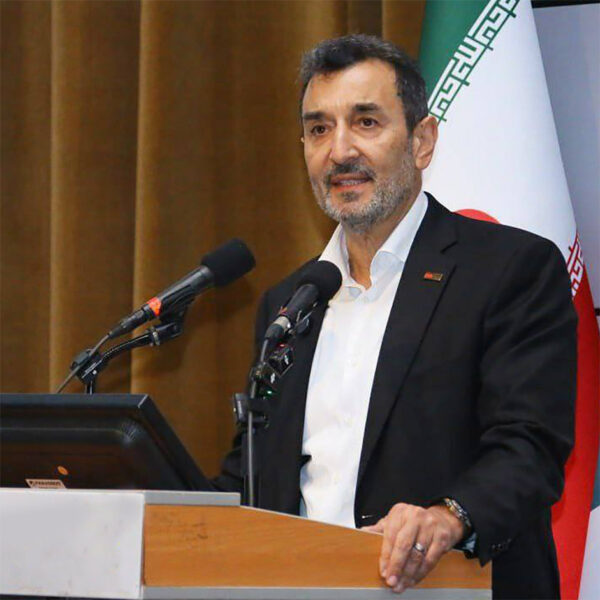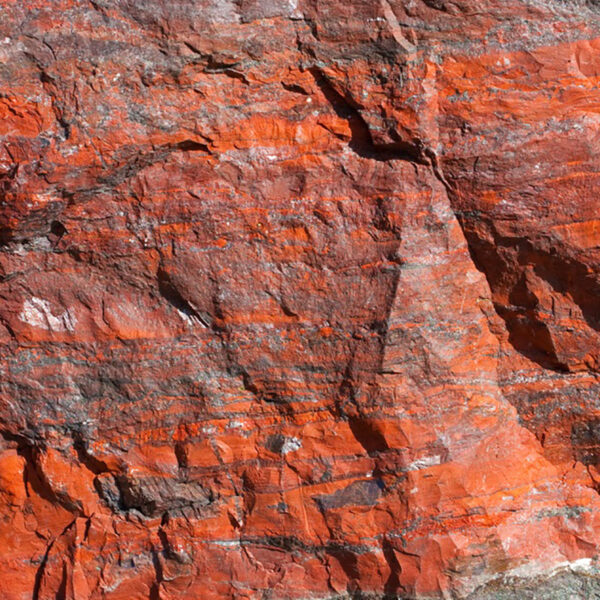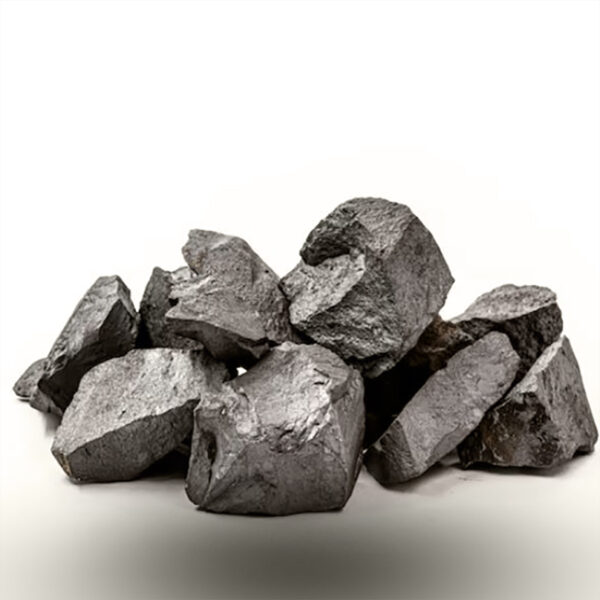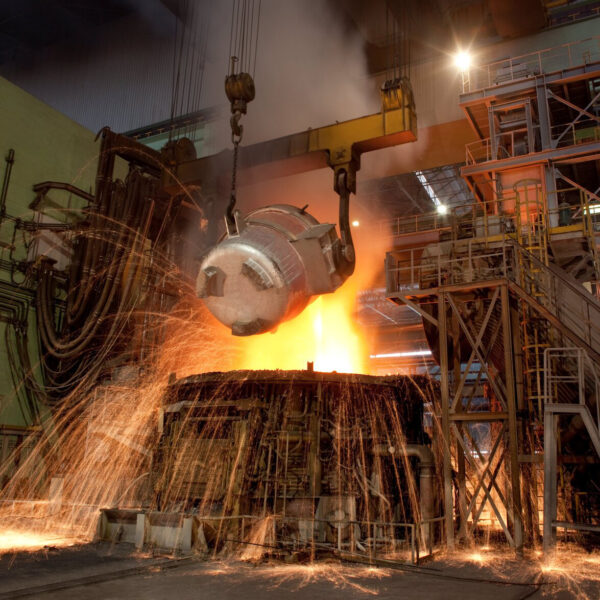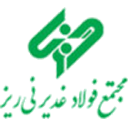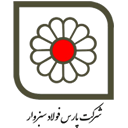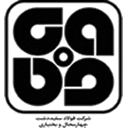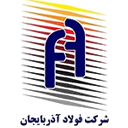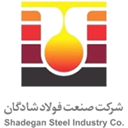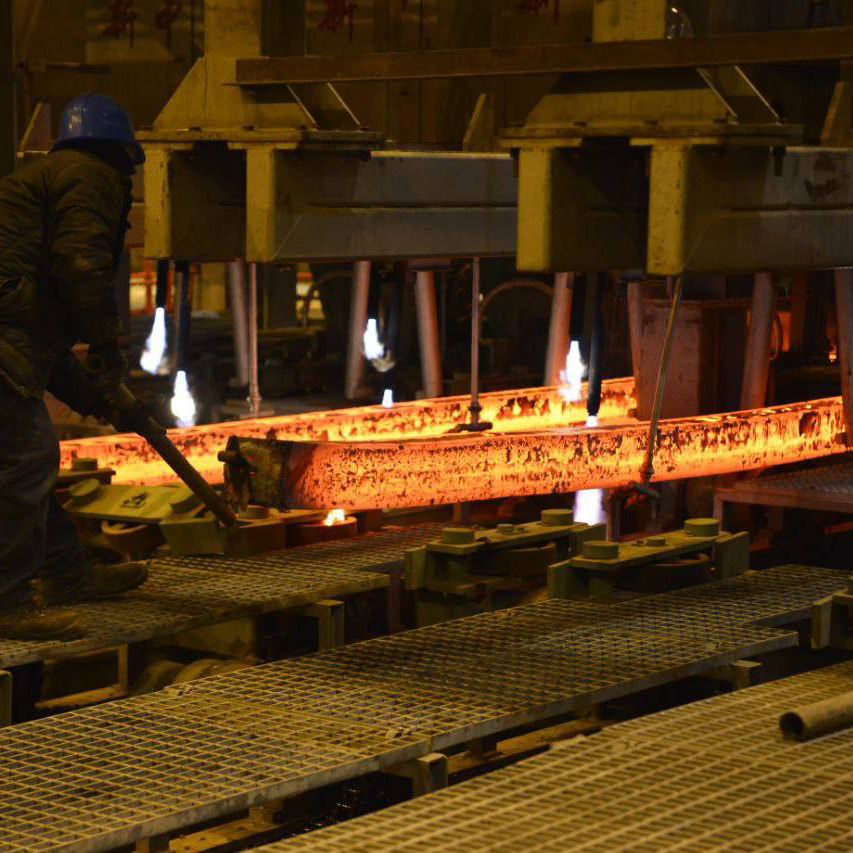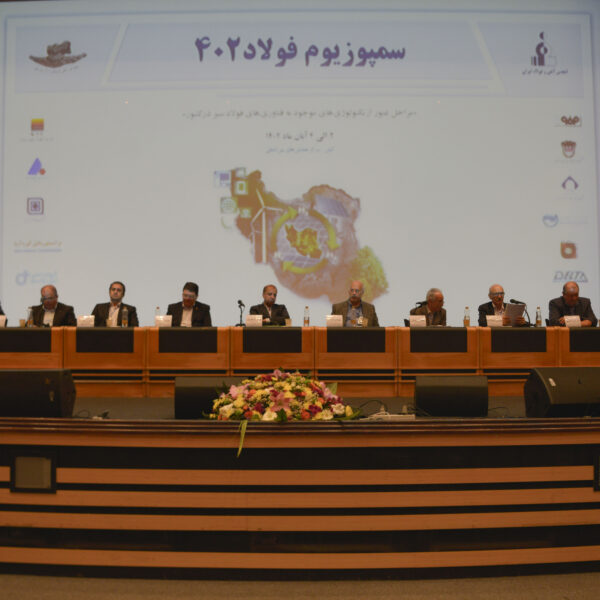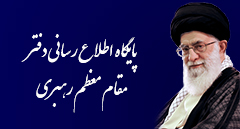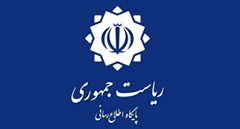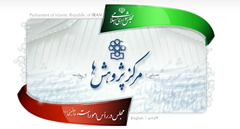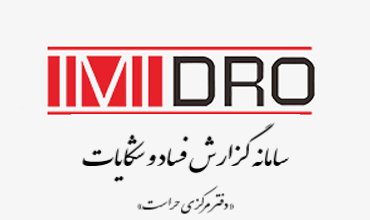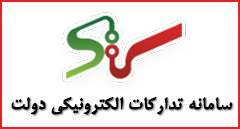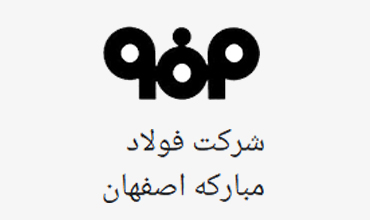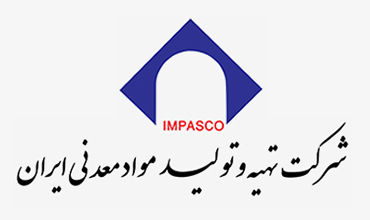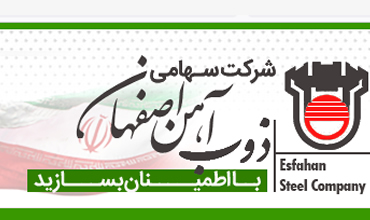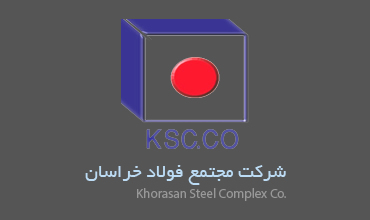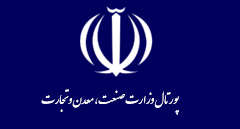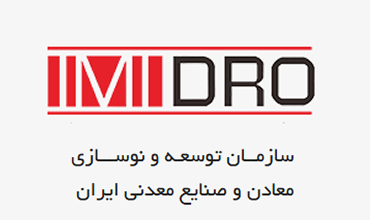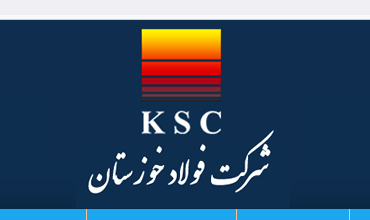National Iranian Steel Company has more than half a century of experience in execution, construction and management of steel and mineral plants. The company has a reputation and historical background at the international level, which is briefly referred to its formation and background:
In 1959, the first major step of the government was to form a technical organization suitable for the creation of steel industry in the country called “National Iranian zob-ahan Company” to produce steel by Blast furnace method.
In 1972, National Iranian Steel Industries Company was established with the aim of creating steel making units by DRI method and supplying their required iron ore.
In 1979, after the victory of the Islamic Revolution, National Iranian zob-ahan Company and National Iranian Steel Industries Company were merged and “National Iranian Steel Company” was created.
As a result, the most specialized company active in the field of mining and steel industry of the country was formed.
The National Iranian Steel Company (NISCO ) has been active since its establishment until 2001 as the only specialized company in the management and leadership of steel mills and the implementation of mining and steel project. In fact without any exception, all major mining and steel mills of the country have been implemented by NISCO.
Mobarakeh Steel Company as the most important sheet manufacturing plant in the Middle East during the imposed war was implemented and exploited by this company.
A number of steel & mining factories implemented and launched by National Iranian Steel Company are as follows :
A: Steel factories
Mobarakeh Steel Company , Isfahan Steel Company , Khuzestan Steel Company , Alloy Steel Company , Khorasan Steel Company , Azerbaijan steel company , Hormozgan Steel Company , and …
B: Mining units , Chadormaloo Mining and Industrial Company , Gol Gohar Iron Ore Company , Central Iron Ore Company of Iran , and …
C: Many coal projects and subsidiary units were also implemented and launched by National Iranian Steel Company
In 2000, according to Article 6 of the Law on Concentration of Industry and Mining, approved by the Islamic Consultative Assembly, IMIDRO was formed, and after forming IMIDRO , National Iranian steel company as one of the main companies of this organization, took the responsibility of the mission and implementation of development plans as well as supervision over the operation of steel units.
The units that National Iranian Steel Company supervised their operation for years after the formation of IMIDRO included as the follow :
Azerbaijan Steel Company , Khorasan Steel Company , Meybod Steel Company , Zagros Steel Company , Ahwaz Rolling and Pipe Company , National Iranian Steel Industrial Group , Sangan Iron Ore Equipping Project , Graphite Electrode Design
All of these units are now assigned to the private sector in accordance with the Executive Order of Article 44 of the Constitution. (Sangan Iron Ore Equipping Project is under way)
Provincial plans
1- Miyaneh Steel Complex
2- Ghadir Neyriz Steel Complex
3- Sabzevar Steel Complex
4- Sepid dasht Steel Complex
5- Azarbaijan Steel Complex
6- Shadegan Steel Complex
7- Baft Steel Complex
8- Ghaenat Steel Complex
Other Missions and Current Activities of National Iranian Steel Company:
The development plan of the country’s steel industry in the vision document of 2025 is based on increasing
the production capacity of crude steel to 55 million tons, in this regard, three important responsibilities by National Iranian Steel Company are as follow :
1- Decision-making and policy making in the country’s steel industry through comprehensive studies ( comprehensive steel formulation plan of the country and reviewing it in the necessary periods )
2- Studies of two massive steel making projects with annual production capacity of 10 million tons of steel in the Persian Gulf
3-Performing other activities assigned by IMIDRO in order to attract foreign and domestic investors in the steel industry of the country


